Blue Waters Student Internship Program | Blue Waters Interns 2017-2018Eighteen (18) undergraduate students from across the country have been selected to receive support for the Blue Waters Student Internship Program for the academic year 2017-2018. The program provides each student a stipend totaling $5,000, a two-week intensive high-performance computing workshop, and an education allocation on the Blue Waters system. Select students will present posters at the Blue Waters Symposium 2018.
|
Skip to Content


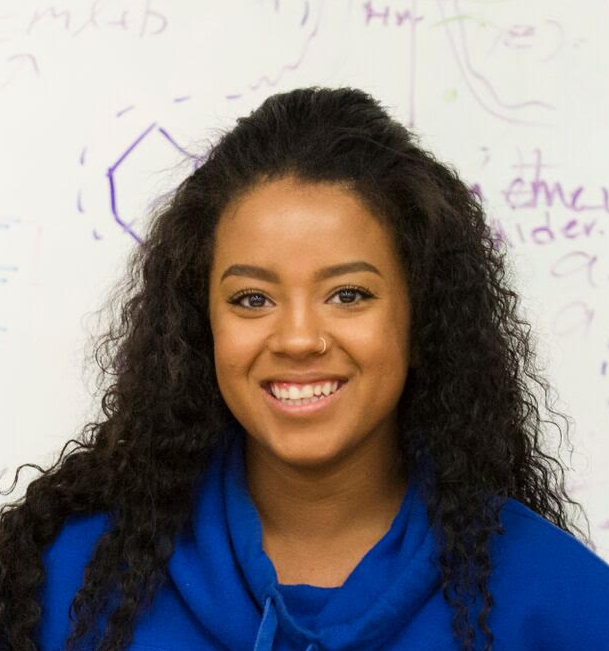 Mone't Alberts, Boise State University, was offered an opportunity to conduct undergraduate research in August 2016, which helped her develop her coding skills in preparation for her research project. The project focuses on accelerating dynamic bonding routines in multithreaded simulations. Using molecular dynamics Mone't hopes to bridge the gap in computational capabilities that causes issues when it comes to simulating polymerizing epoxies with realistic reaction kinetics relevant to that of experiments.
Mone't Alberts, Boise State University, was offered an opportunity to conduct undergraduate research in August 2016, which helped her develop her coding skills in preparation for her research project. The project focuses on accelerating dynamic bonding routines in multithreaded simulations. Using molecular dynamics Mone't hopes to bridge the gap in computational capabilities that causes issues when it comes to simulating polymerizing epoxies with realistic reaction kinetics relevant to that of experiments.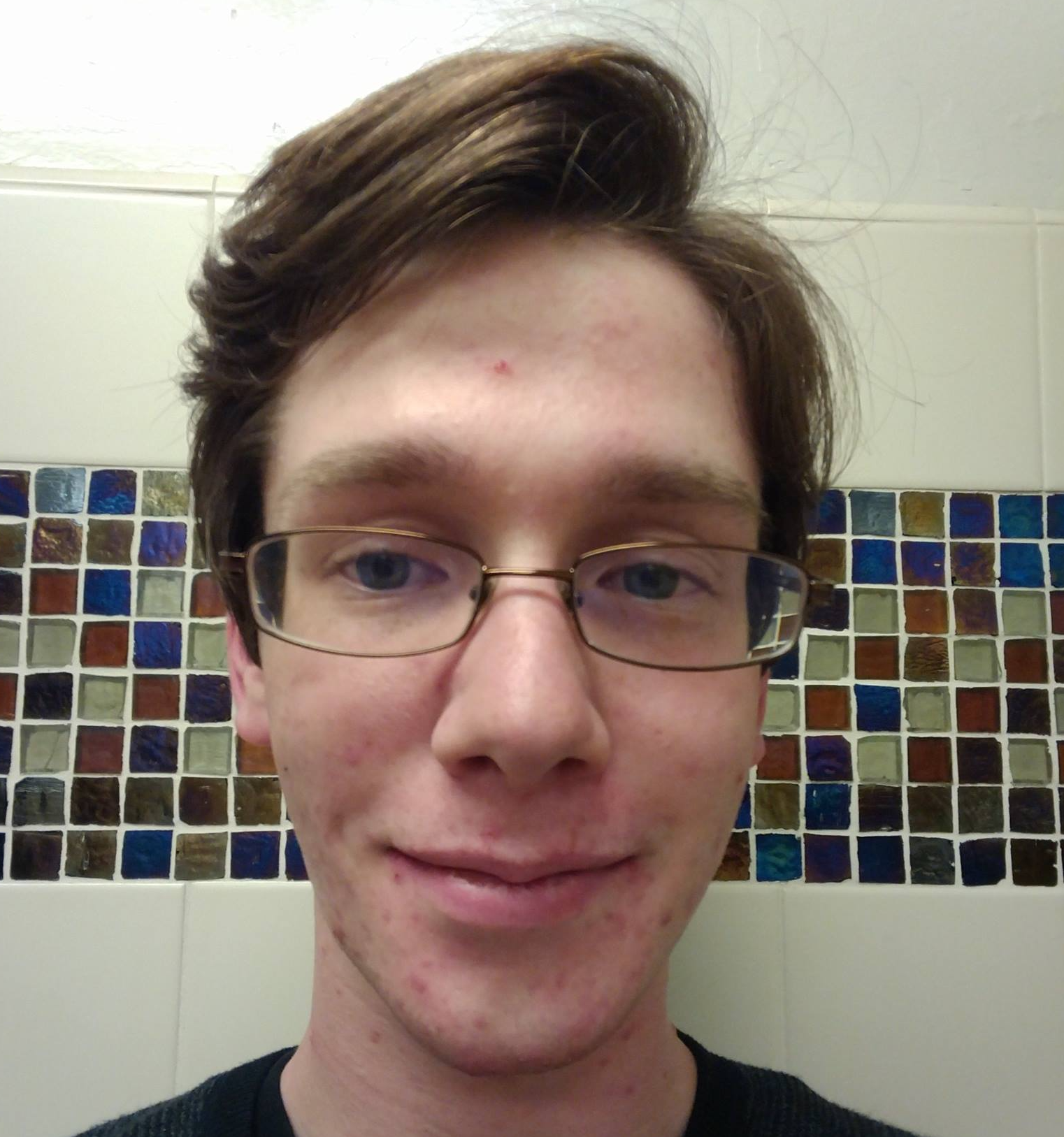 David Barto, Virginia Tech, will investigate the aggregation mechanisms of amyloid beta through molecular modeling. The self-assembly of amyloidogenic peptides into cytotoxic oligomers and amyloid fibrils is associated with several progressive diseases including Alzheimer's disease (AD) and type II diabetes (T2D). The details of this self-assembly and the effects of these oligomers, especially low molecular weight oligomers (dimers to dodecamers), on plasma membranes is largely unknown. By investigating the molecular details and interactions associated with oligomer assembly and the interactions of the oligomers with membranes, we can provide insight into mechanistic details relevant to toxicity. David's research investigates the formation of low-molecular weight oligomers in a range of sizes to determine key size and environmental influences on the fibril formation and perturbation of model membranes by the oligomers.
David Barto, Virginia Tech, will investigate the aggregation mechanisms of amyloid beta through molecular modeling. The self-assembly of amyloidogenic peptides into cytotoxic oligomers and amyloid fibrils is associated with several progressive diseases including Alzheimer's disease (AD) and type II diabetes (T2D). The details of this self-assembly and the effects of these oligomers, especially low molecular weight oligomers (dimers to dodecamers), on plasma membranes is largely unknown. By investigating the molecular details and interactions associated with oligomer assembly and the interactions of the oligomers with membranes, we can provide insight into mechanistic details relevant to toxicity. David's research investigates the formation of low-molecular weight oligomers in a range of sizes to determine key size and environmental influences on the fibril formation and perturbation of model membranes by the oligomers.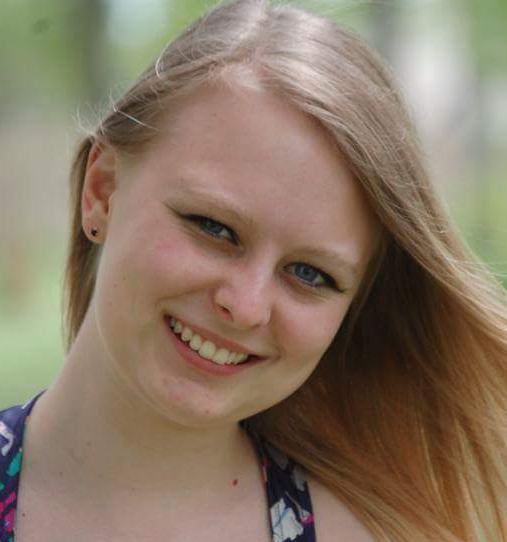 Valerie Becker, Southern Illinois University, Edwardsville, will study X-ray-matter interactions in small dense rare-gas clusters. It is known that upon irradiation by an X-ray laser a cluster will disintegrate, but during that disintegration it will form an interesting state of matter called a nanoplasma. How nanoplasmas are created and evolve remains an area of intense interest and debate. Using nanophotonic simulations, Valerie will aim to reproduce experimental results in the X-ray regime. She will also work on extending the code to simulate more elements. She will use Blue Waters to run and analyze large sets of data. Valerie will learn how to optimize code for petascale machines while furthering her experience with techniques relevant to the atomistic simulation of Nanoplasmas. Using her experience at the Petascale Institute, Valerie will further her knowledge of nanophotonics with the use of high performance computing.
Valerie Becker, Southern Illinois University, Edwardsville, will study X-ray-matter interactions in small dense rare-gas clusters. It is known that upon irradiation by an X-ray laser a cluster will disintegrate, but during that disintegration it will form an interesting state of matter called a nanoplasma. How nanoplasmas are created and evolve remains an area of intense interest and debate. Using nanophotonic simulations, Valerie will aim to reproduce experimental results in the X-ray regime. She will also work on extending the code to simulate more elements. She will use Blue Waters to run and analyze large sets of data. Valerie will learn how to optimize code for petascale machines while furthering her experience with techniques relevant to the atomistic simulation of Nanoplasmas. Using her experience at the Petascale Institute, Valerie will further her knowledge of nanophotonics with the use of high performance computing.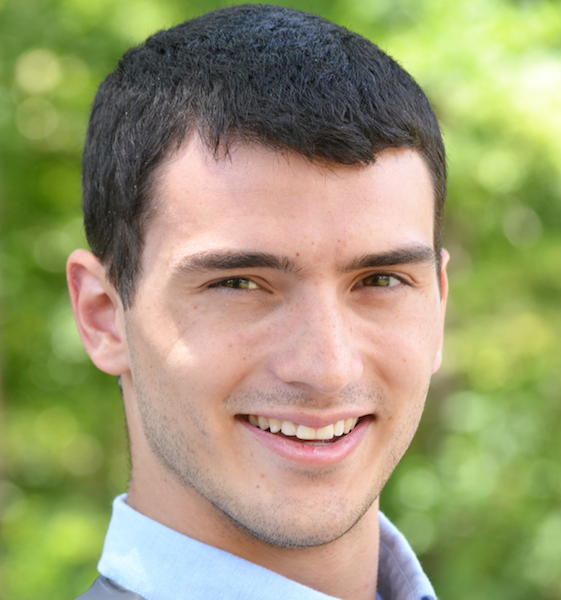 Justus Brown, University of Oklahoma, is developing a multi-physics, multi-component, multi-phase simulator under the leadership of Dr. Zulfiquar Reza (Developer of ECLIPSE). The simulator will model subsurface fluid and heat flow, reactive transport, and stress simulation. The primary intent of this simulator will be to incorporate new physics at scales that are currently not being implemented in commercial simulators. Blue Waters will be used in accomplishing this challenging task. This research and simulation development will lead to more accurate and realistic depictions of subsurface fluid conditions.
Justus Brown, University of Oklahoma, is developing a multi-physics, multi-component, multi-phase simulator under the leadership of Dr. Zulfiquar Reza (Developer of ECLIPSE). The simulator will model subsurface fluid and heat flow, reactive transport, and stress simulation. The primary intent of this simulator will be to incorporate new physics at scales that are currently not being implemented in commercial simulators. Blue Waters will be used in accomplishing this challenging task. This research and simulation development will lead to more accurate and realistic depictions of subsurface fluid conditions.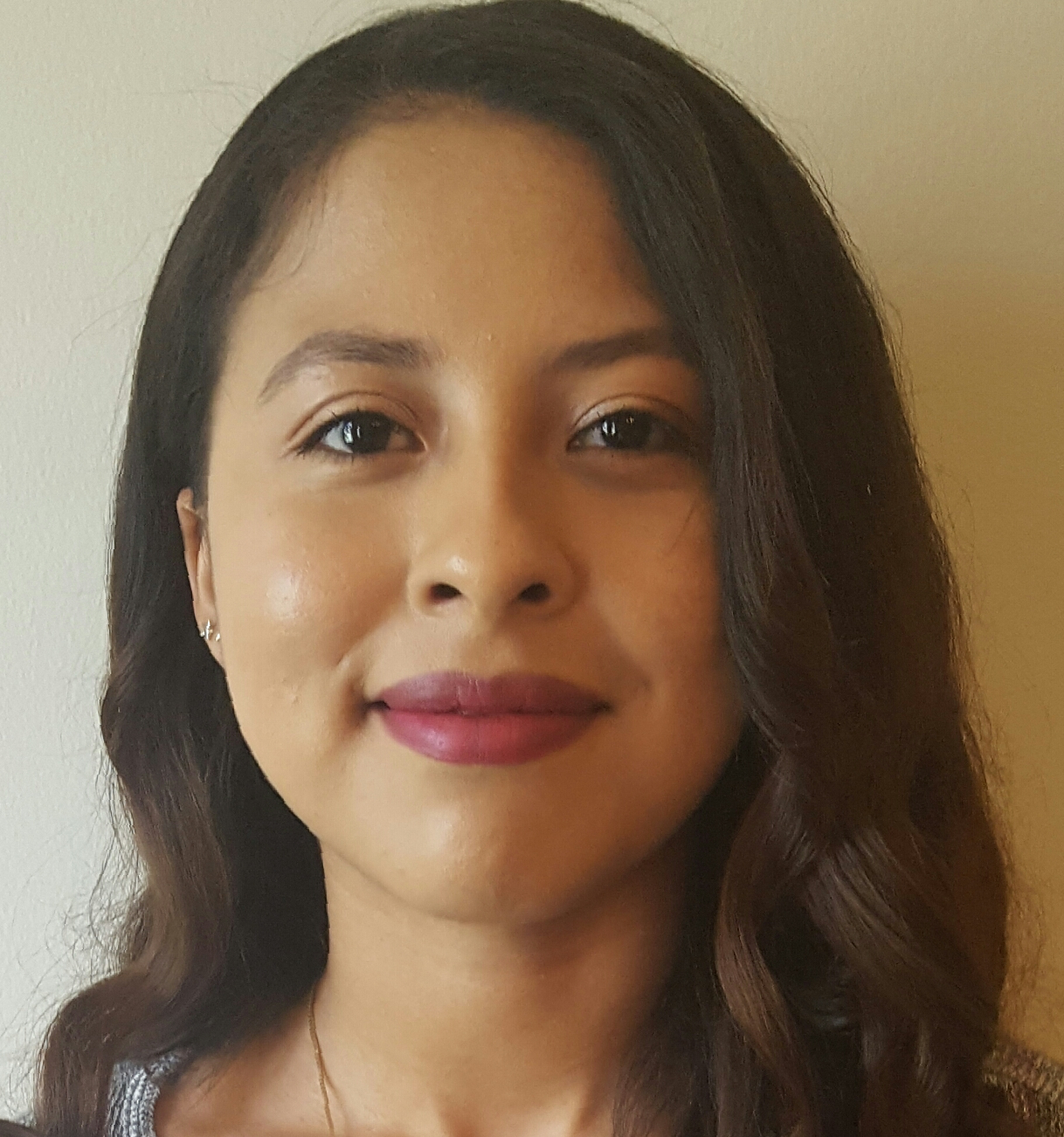 Karen Canas, Hood College, is pursuing a B.S. in Computer Science with minors in Mathematics and Web Development. She is a member of the Hood College honors program and their Honors Academic Planning Committee, as well as serving as a student member on Hood College's Computer Science Advisory Board. For her project, she plans to develop a Science Gateway for Deep Neural Network Applications in Biomedical Image Processing. The science gateway will allow the public to access trained Neural Networks and deep learning models through a friendly web portal without having to learn specifics of high performance computing. It will also provide detailed training tutorials including best practices in Biomedical Image preparations and neural network processing. Karen will use Docker Technology to develop a repository for other biomedical neural networks and enable easy installation at users' local environments.
Karen Canas, Hood College, is pursuing a B.S. in Computer Science with minors in Mathematics and Web Development. She is a member of the Hood College honors program and their Honors Academic Planning Committee, as well as serving as a student member on Hood College's Computer Science Advisory Board. For her project, she plans to develop a Science Gateway for Deep Neural Network Applications in Biomedical Image Processing. The science gateway will allow the public to access trained Neural Networks and deep learning models through a friendly web portal without having to learn specifics of high performance computing. It will also provide detailed training tutorials including best practices in Biomedical Image preparations and neural network processing. Karen will use Docker Technology to develop a repository for other biomedical neural networks and enable easy installation at users' local environments.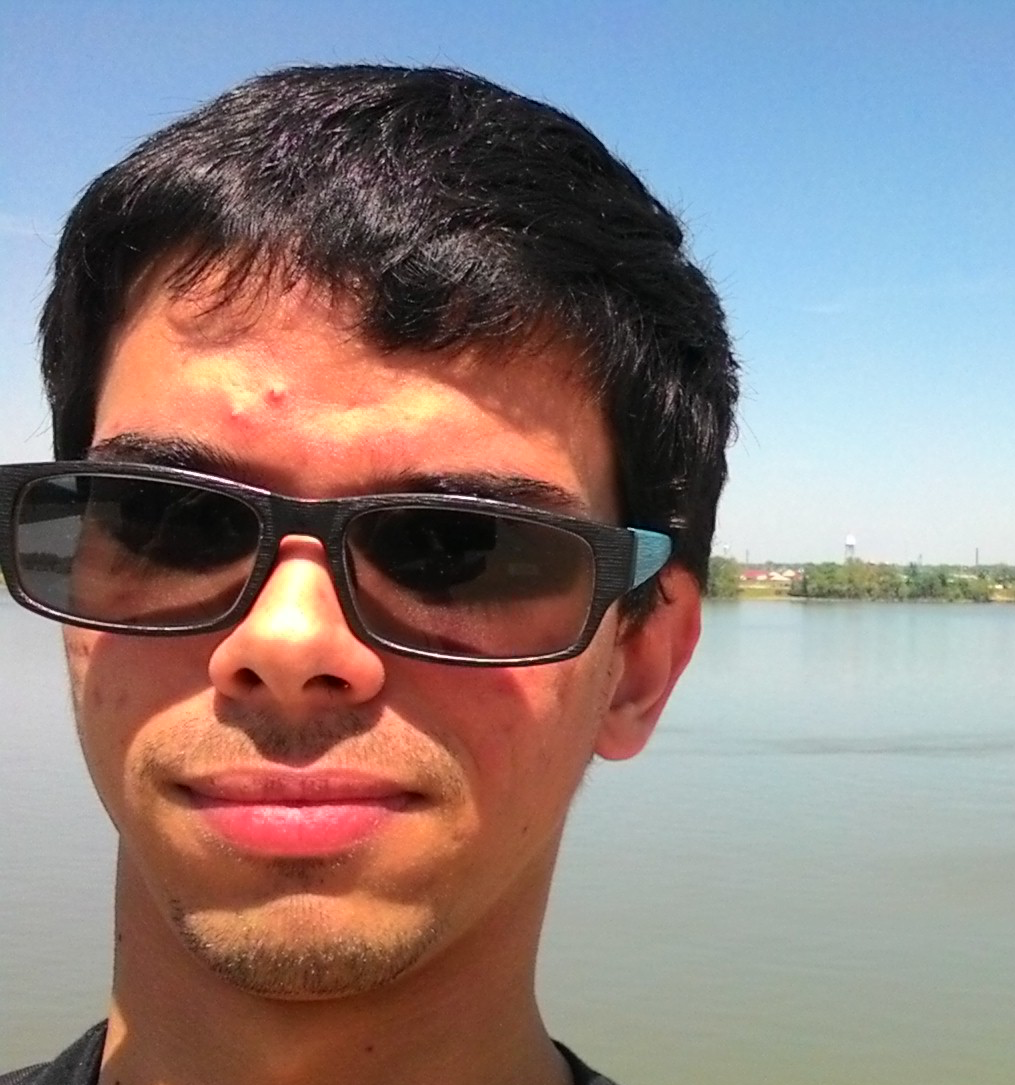 Ernie Rivera Castellar, University of Puerto Rico at Mayaguez, will be using the Blue Waters supercomputer to identify Lagrangian Coherent structures (LCS) in an accelerating turbulent boundary layer in a Direct Numerical Simulation. The main task is to develop a post processing code in CUDA platform and GPU capabilities to identify LCS subject to strong pressure gradients. The technique of LCS is of high precision, therefore it requires high resolution data in both spatial and temporal fields at a high computational cost.
Ernie Rivera Castellar, University of Puerto Rico at Mayaguez, will be using the Blue Waters supercomputer to identify Lagrangian Coherent structures (LCS) in an accelerating turbulent boundary layer in a Direct Numerical Simulation. The main task is to develop a post processing code in CUDA platform and GPU capabilities to identify LCS subject to strong pressure gradients. The technique of LCS is of high precision, therefore it requires high resolution data in both spatial and temporal fields at a high computational cost.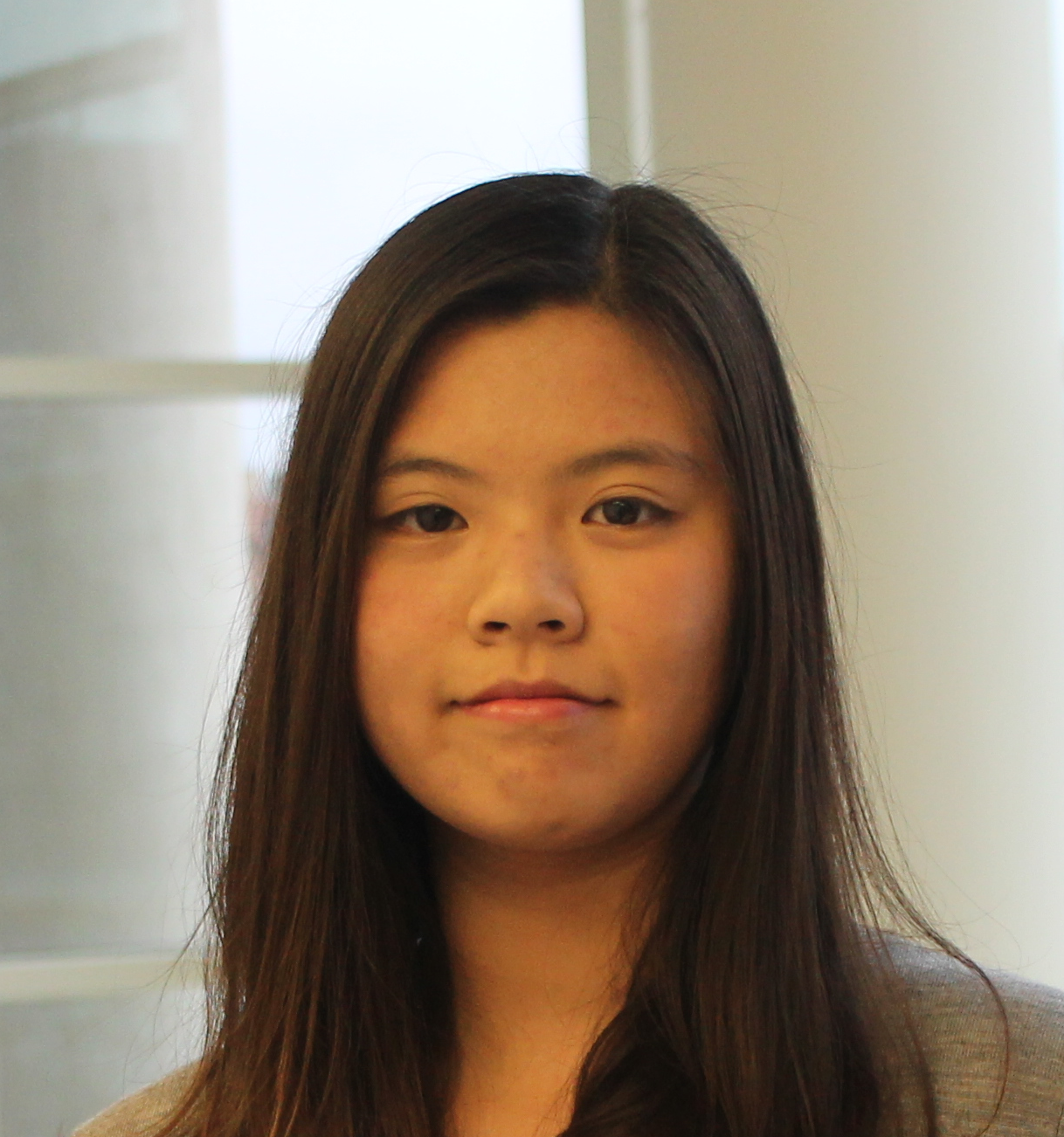 Qihua Chen, University of Illinois at Urbana-Champaign, will study striga, a parasitic plant that is a serious agricultural pest affecting crops. The growth of striga is triggered through plant hormones called Strigolactones (SLs) that are necessary in plants. However, the parasitic plant's receptor proteins (ShHTLs) sense SLs in much lower affinities compared to host plant proteins. Qihua's first step is to understand the parasite and the host plant proteins at the molecular level. In this project, Qihua proposes to study the behavior of the parasitic proteins with and without the activating ligand molecule, and the conformational changes the protein undergoes upon transition from inactive to active state. Further, to understand the evolution of the host plant protein to gain a different function in the parasite plant, Qihua will study the behavior of the ancestor proteins and draw conclusions about the origin of this new function of the protein upon sensing SLs.
Qihua Chen, University of Illinois at Urbana-Champaign, will study striga, a parasitic plant that is a serious agricultural pest affecting crops. The growth of striga is triggered through plant hormones called Strigolactones (SLs) that are necessary in plants. However, the parasitic plant's receptor proteins (ShHTLs) sense SLs in much lower affinities compared to host plant proteins. Qihua's first step is to understand the parasite and the host plant proteins at the molecular level. In this project, Qihua proposes to study the behavior of the parasitic proteins with and without the activating ligand molecule, and the conformational changes the protein undergoes upon transition from inactive to active state. Further, to understand the evolution of the host plant protein to gain a different function in the parasite plant, Qihua will study the behavior of the ancestor proteins and draw conclusions about the origin of this new function of the protein upon sensing SLs.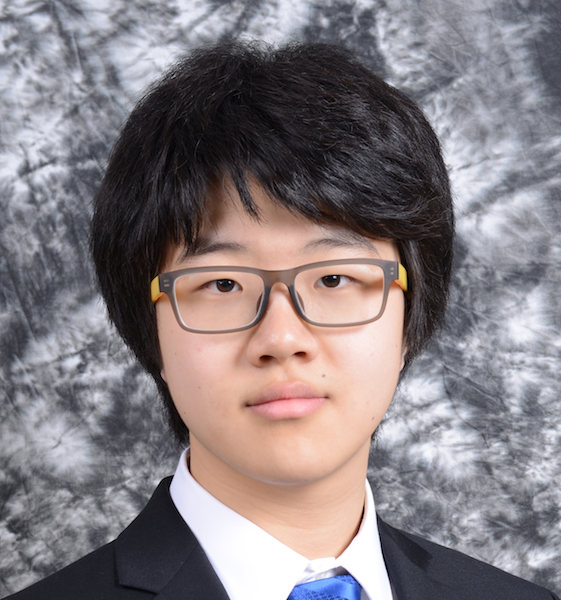 Xiaodan Du, University of Illinois at Urbana-Champaign, will be modeling tsunamis and breaking waves and their impact on built infrastructure. As rising sea levels continue to pose a threat to coastal regions of the U.S., low-lying but densely populated regions are thinking of developing civil infrastructure to defend the coastlines against advancing waters. To mitigate structural hazard due to extreme environmental flows, Fluid-Structure Interaction (FSI) techniques that are integrated with free-surface flow models are needed. A critical component of this research will be conducted by running simulations on the Blue Waters supercomputer to carry out simulations of extreme natural flows and integrating data mining and visualization techniques to quantify the results. Xiaodan will be introduced to the process of making geometric as well as finite element models and perform benchmark studies on a series of flow problems to verify the stability of the new methods and the code. Xiaodan will also use visualization techniques to extract quantities of interest and to investigate flow features involved in this class of problems.
Xiaodan Du, University of Illinois at Urbana-Champaign, will be modeling tsunamis and breaking waves and their impact on built infrastructure. As rising sea levels continue to pose a threat to coastal regions of the U.S., low-lying but densely populated regions are thinking of developing civil infrastructure to defend the coastlines against advancing waters. To mitigate structural hazard due to extreme environmental flows, Fluid-Structure Interaction (FSI) techniques that are integrated with free-surface flow models are needed. A critical component of this research will be conducted by running simulations on the Blue Waters supercomputer to carry out simulations of extreme natural flows and integrating data mining and visualization techniques to quantify the results. Xiaodan will be introduced to the process of making geometric as well as finite element models and perform benchmark studies on a series of flow problems to verify the stability of the new methods and the code. Xiaodan will also use visualization techniques to extract quantities of interest and to investigate flow features involved in this class of problems.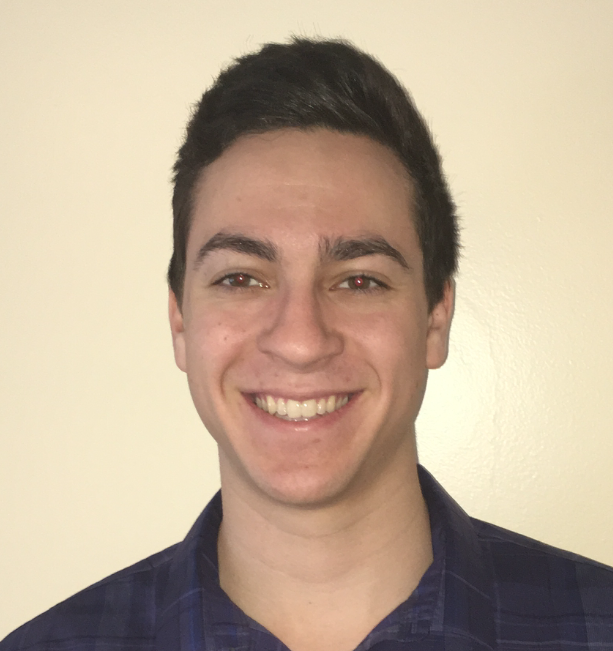 Benjamin Eckardt, Bates College, will be working on a project in which the goal is to develop a viable three dimensional kinetic Monte Carlo (KMC) model for the growth of quantum dots that captures the properties of heteroepitaxy. Ben will start with a 2D lattice model and move on to an off-lattice 3D model. Ben is a Math and Physics major hailing from Montgomery, New Jersey. Ben spends his free time playing any sport he can convince others to play with him. He can quote lines from every episode of Seinfeld. He has two older siblings with whom he spends a lot of time. Ben enjoyed playing four years on his high school tennis team and continues to teach tennis at a local club.
Benjamin Eckardt, Bates College, will be working on a project in which the goal is to develop a viable three dimensional kinetic Monte Carlo (KMC) model for the growth of quantum dots that captures the properties of heteroepitaxy. Ben will start with a 2D lattice model and move on to an off-lattice 3D model. Ben is a Math and Physics major hailing from Montgomery, New Jersey. Ben spends his free time playing any sport he can convince others to play with him. He can quote lines from every episode of Seinfeld. He has two older siblings with whom he spends a lot of time. Ben enjoyed playing four years on his high school tennis team and continues to teach tennis at a local club.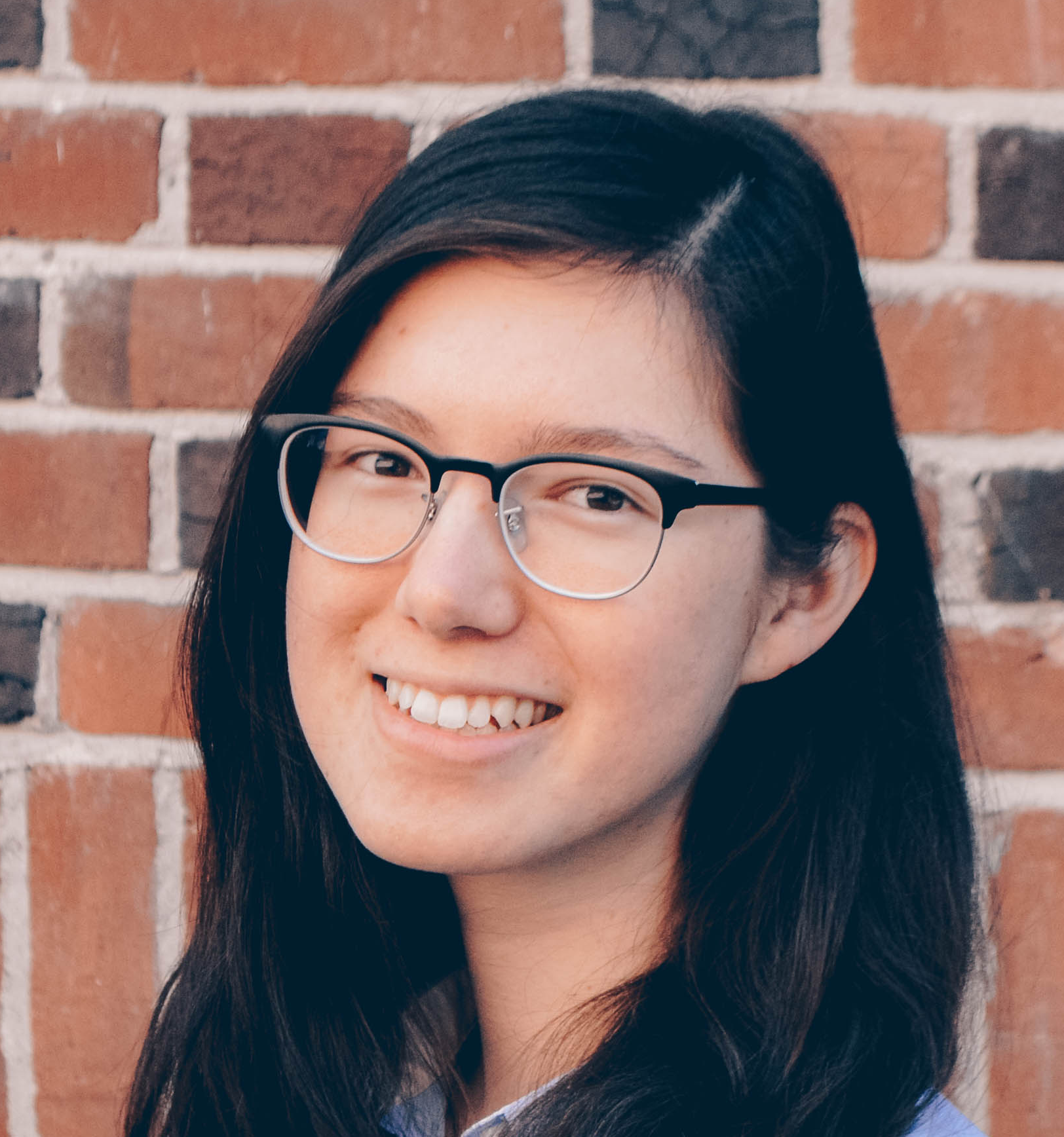 Tyler Ewing, University of Nevada in Reno, will investigate the catalytic properties of rubredoxin and Ni-substituted rubredoxin proteins in the oxidation/reduction of molecular hydrogen. Rubredoxin is a small protein containing an iron-sulfur active site and is largely responsible for facilitating electron transfer in biological systems. The structure of the protein's active site, and ultimately its potential to bind molecular hydrogen, is expected to depend on the oxidation state and the spin multiplicities of the metal center. By implementing the highly scalable fragment molecular orbital (FMO) methods in the GAMESS suite of programs, the geometry of the protein models will be optimized and the binding energy will be calculated at different states. The obtained data will provide insight to catalytic properties of biological and bioinspired systems based on the earth-abundant transition metals.
Tyler Ewing, University of Nevada in Reno, will investigate the catalytic properties of rubredoxin and Ni-substituted rubredoxin proteins in the oxidation/reduction of molecular hydrogen. Rubredoxin is a small protein containing an iron-sulfur active site and is largely responsible for facilitating electron transfer in biological systems. The structure of the protein's active site, and ultimately its potential to bind molecular hydrogen, is expected to depend on the oxidation state and the spin multiplicities of the metal center. By implementing the highly scalable fragment molecular orbital (FMO) methods in the GAMESS suite of programs, the geometry of the protein models will be optimized and the binding energy will be calculated at different states. The obtained data will provide insight to catalytic properties of biological and bioinspired systems based on the earth-abundant transition metals.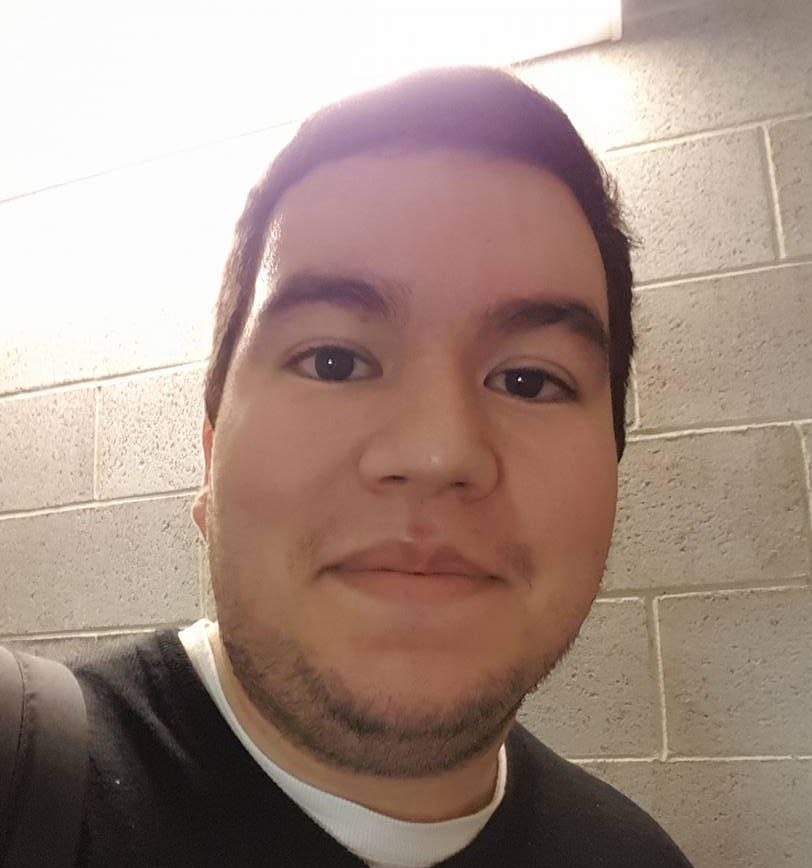 Jaime Guevara, Boise State University, will be using molecular dynamics simulations and testing how the structure of polymers composites depends on polymer-metal interactions at interfaces. This fundamental insight aims to inform the development of new materials for use in applications that require the electrical and magnetic properties of metals, but which would benefit from the flexibility and adhesive properties of polymers.
Jaime Guevara, Boise State University, will be using molecular dynamics simulations and testing how the structure of polymers composites depends on polymer-metal interactions at interfaces. This fundamental insight aims to inform the development of new materials for use in applications that require the electrical and magnetic properties of metals, but which would benefit from the flexibility and adhesive properties of polymers.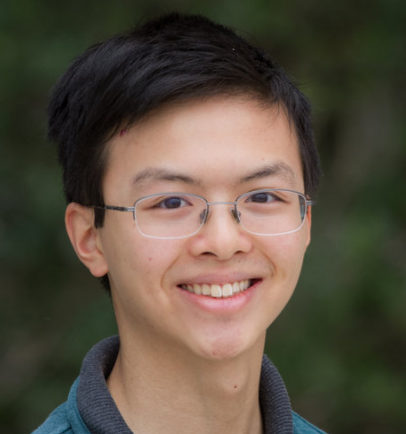 Caleb Ji, Washington University, in St. Louis, will develop and apply parallel machine learning algorithms to model brain states. Brain waves and other forms of physiological data can be captured through electroencephalography (EEG) but are difficult to interpret due to all the factors involved. Machine learning techniques such as feature extraction have the potential to analyze this data effectively. To ensure that this data will be processed in real-time, parallel programs such as Parallel R will be used in the backend. With an appropriate user interface added, Caleb hopes to develop a robust system that can widely applied; for example, in diagnosing brain abnormalities and in investigating brain activity during meditation.
Caleb Ji, Washington University, in St. Louis, will develop and apply parallel machine learning algorithms to model brain states. Brain waves and other forms of physiological data can be captured through electroencephalography (EEG) but are difficult to interpret due to all the factors involved. Machine learning techniques such as feature extraction have the potential to analyze this data effectively. To ensure that this data will be processed in real-time, parallel programs such as Parallel R will be used in the backend. With an appropriate user interface added, Caleb hopes to develop a robust system that can widely applied; for example, in diagnosing brain abnormalities and in investigating brain activity during meditation. 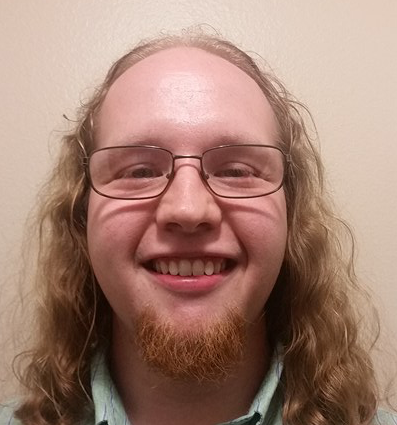 Nicholas Kellas, California State University, Fullerton, will develop methods to improve the speed and efficiency of the genetic algorithm in the Atomic Simulation Environment (ASE). The project will begin by developing and testing methods that more intelligently create initial populations of molecules and progress from there. Nicholas attended San Dimas High school, made famous in the movie Bill & Ted's Excellent Adventure (San Dimas High School football rules!) before graduating and advancing to Citrus community college in Glendora. From there he transferred to CSU Fullerton as a chemistry major. During his stay at CSUF, Nicholas has been very active in the campus community acting as a cabinet member of both the Chemistry and Biochemistry club and the Math club as well as working as a student assistant for the chemistry department. In spring 2017 Nicholas was awarded the Lyle Wallace Service Award from the Chemistry & Biochemistry Department.
Nicholas Kellas, California State University, Fullerton, will develop methods to improve the speed and efficiency of the genetic algorithm in the Atomic Simulation Environment (ASE). The project will begin by developing and testing methods that more intelligently create initial populations of molecules and progress from there. Nicholas attended San Dimas High school, made famous in the movie Bill & Ted's Excellent Adventure (San Dimas High School football rules!) before graduating and advancing to Citrus community college in Glendora. From there he transferred to CSU Fullerton as a chemistry major. During his stay at CSUF, Nicholas has been very active in the campus community acting as a cabinet member of both the Chemistry and Biochemistry club and the Math club as well as working as a student assistant for the chemistry department. In spring 2017 Nicholas was awarded the Lyle Wallace Service Award from the Chemistry & Biochemistry Department.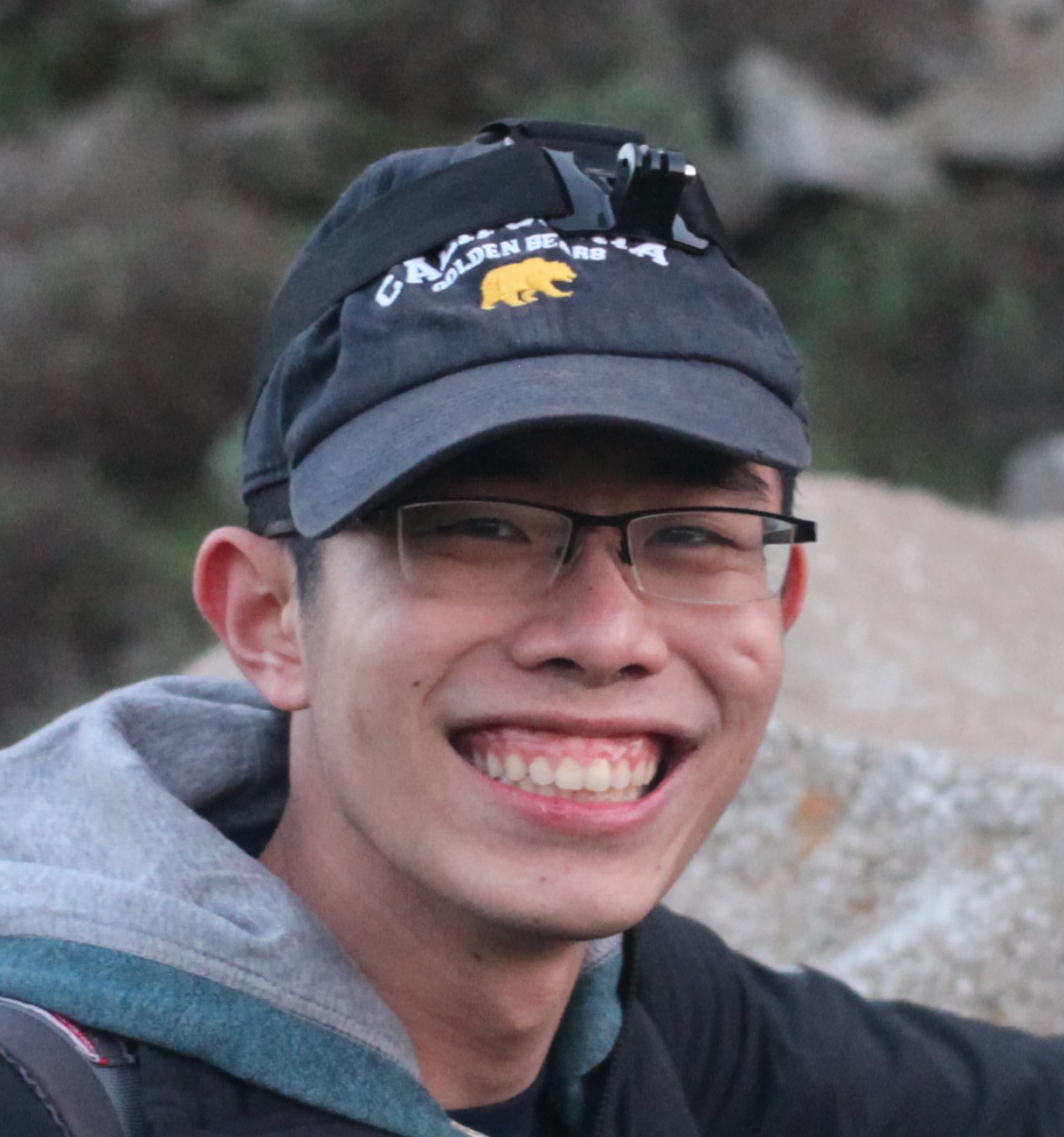 Wen Rui Liau, University of California, Berkeley, will study the reproducibility of Basic Linear Algebra Subroutines (BLAS). Getting the same answer when you run a program more than once is important for debugging and correctness, but is no longer guaranteed on parallel computers that may compute sums of floating point numbers in different orders from run to run, because round-off errors make addition non-associative. BLAS are a standard library of common operations like matrix-multiply, and the BLAS Standard Committee is considering a version of the BLAS that guarantees bit-wise reproducibility from run-to-run. Wen Rui will be reimplementing the existing reproducible summation of the ReproBLAS to match the new BLAS draft standard, add missing routines, and evaluate and tune performance on target architectures like the Blue Waters System. Finally, he will modify selected LAPACK and ScaLAPACK library routines to use the ReproBLAS, and evaluate their reproducibility and performance.
Wen Rui Liau, University of California, Berkeley, will study the reproducibility of Basic Linear Algebra Subroutines (BLAS). Getting the same answer when you run a program more than once is important for debugging and correctness, but is no longer guaranteed on parallel computers that may compute sums of floating point numbers in different orders from run to run, because round-off errors make addition non-associative. BLAS are a standard library of common operations like matrix-multiply, and the BLAS Standard Committee is considering a version of the BLAS that guarantees bit-wise reproducibility from run-to-run. Wen Rui will be reimplementing the existing reproducible summation of the ReproBLAS to match the new BLAS draft standard, add missing routines, and evaluate and tune performance on target architectures like the Blue Waters System. Finally, he will modify selected LAPACK and ScaLAPACK library routines to use the ReproBLAS, and evaluate their reproducibility and performance.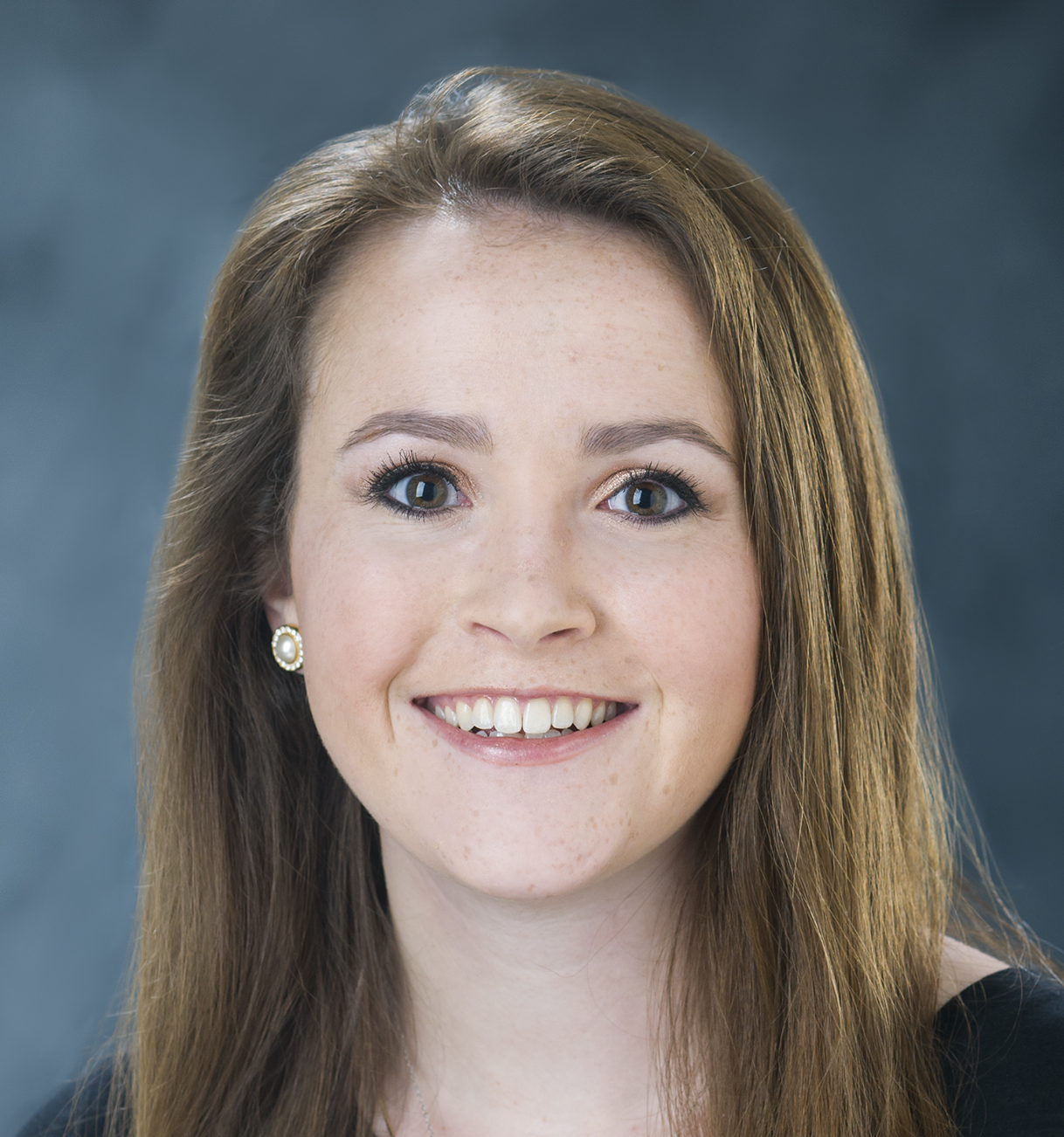 Caroline MacDonald, Mississippi State University, will be investigating the importance of lead time on major tornado outbreaks. The overall goal of this project is the development of an error growth function for forecasts of tornadic severe weather outbreaks using a high-resolution mesoscale model. Ultimately, this project has the potential to help forecasters with outbreak forecasts by providing additional evidence as to the limit of the forecast ability of severe weather outbreaks at lead times in excess of a day and addresses the challenge of medium-term forecasting of outbreaks.
Caroline MacDonald, Mississippi State University, will be investigating the importance of lead time on major tornado outbreaks. The overall goal of this project is the development of an error growth function for forecasts of tornadic severe weather outbreaks using a high-resolution mesoscale model. Ultimately, this project has the potential to help forecasters with outbreak forecasts by providing additional evidence as to the limit of the forecast ability of severe weather outbreaks at lead times in excess of a day and addresses the challenge of medium-term forecasting of outbreaks.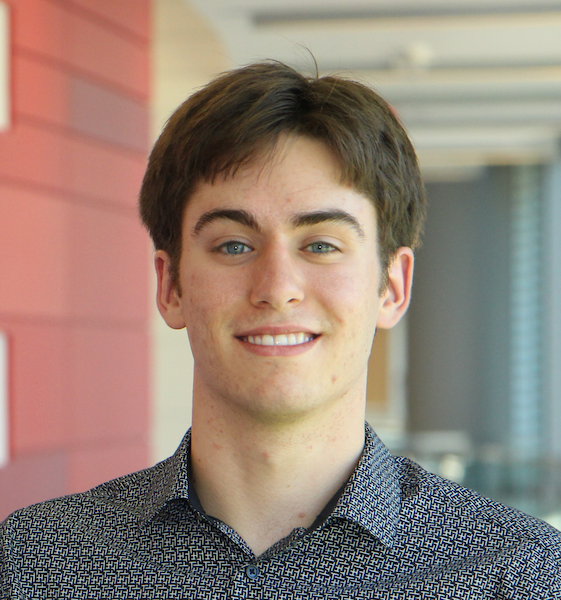 Drew Marshburn, North Carolina State University, will screen small organic dyes using density functional theory (DFT) quantum chemical calculations. NCSU is home to the Max Weaver Dye Library, an enormous collection of dyes. This library contains compounds that could be groundbreaking in endeavors such as the improvement of photodynamic cancer therapy, forensic analysis of tiny threads, or the development of environmentally friendly dyes. However, obtaining relevant samples while picking through 100,000 dyes is an almost insurmountable difficulty for researchers. DFT calculations could allow us to rapidly and accurately select or create dyes with desired properties. The massive size of the dye library necessitates the use of massive computational resources, and this work will exploit Blue Waters to this end. A systematic study of DFT methodologies and diverse dye systems will pave the way for intensive application-based research, and will allow scientists to design compounds without ‘slowly dyeing' on a quest for a needle in a haystack.
Drew Marshburn, North Carolina State University, will screen small organic dyes using density functional theory (DFT) quantum chemical calculations. NCSU is home to the Max Weaver Dye Library, an enormous collection of dyes. This library contains compounds that could be groundbreaking in endeavors such as the improvement of photodynamic cancer therapy, forensic analysis of tiny threads, or the development of environmentally friendly dyes. However, obtaining relevant samples while picking through 100,000 dyes is an almost insurmountable difficulty for researchers. DFT calculations could allow us to rapidly and accurately select or create dyes with desired properties. The massive size of the dye library necessitates the use of massive computational resources, and this work will exploit Blue Waters to this end. A systematic study of DFT methodologies and diverse dye systems will pave the way for intensive application-based research, and will allow scientists to design compounds without ‘slowly dyeing' on a quest for a needle in a haystack.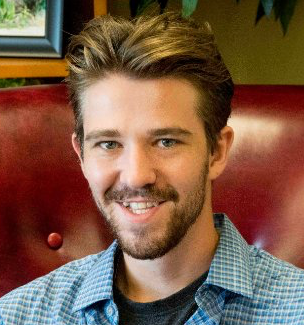 Gage Russell, University of Oklahoma, is developing a multi-physics, multi-component, multi-phase subsurface fluid flow simulator under the mentorship of Dr. Zulfiquar Reza. The intent of the simulator will be to incorporate new physics at scales that are not currently implemented in commercial simulators. The simulator will model subsurface fluid and heat flow, reactive transport, and stress simulation. Matlab Reservoir Simulation Toolbox (MRST) will be used for prototyping of single phase and multi-phase flow in porous media and the testing of new mathematical and simulation models. Considering pore-throat dependent capillary pressures will capture the pore geometry of nano-scale porous media. HPC will be applied to reduce the computational cost in the compositional simulation module, the additional complexities faced by the introduction of capillary pressure distribution, and the extension of this work to multi-phasic (vapor-liquid-liquid and vapor-liquid-liquid-solid) systems.
Gage Russell, University of Oklahoma, is developing a multi-physics, multi-component, multi-phase subsurface fluid flow simulator under the mentorship of Dr. Zulfiquar Reza. The intent of the simulator will be to incorporate new physics at scales that are not currently implemented in commercial simulators. The simulator will model subsurface fluid and heat flow, reactive transport, and stress simulation. Matlab Reservoir Simulation Toolbox (MRST) will be used for prototyping of single phase and multi-phase flow in porous media and the testing of new mathematical and simulation models. Considering pore-throat dependent capillary pressures will capture the pore geometry of nano-scale porous media. HPC will be applied to reduce the computational cost in the compositional simulation module, the additional complexities faced by the introduction of capillary pressure distribution, and the extension of this work to multi-phasic (vapor-liquid-liquid and vapor-liquid-liquid-solid) systems.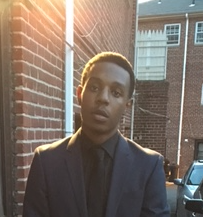 Xavier White, Kean University, began working on the World of Data project in Fall 2016 as part of his Research First Initiative coursework. The project has already allowed him to see practical uses for what he has been learning in his classes, and his skills learned in his programming, data structures, and calculus classes have prepared him to be successful at this project. Over the course of the coming year, Xavier will be focusing largely on the user interface for World of Data along with the compatibility across multiple platforms including popular VR. Additionally a big focus will be the use of supercomputing to process larger data sets across a larger network and to allow for 3D spaces to visualize the data for classroom or group meeting use.
Xavier White, Kean University, began working on the World of Data project in Fall 2016 as part of his Research First Initiative coursework. The project has already allowed him to see practical uses for what he has been learning in his classes, and his skills learned in his programming, data structures, and calculus classes have prepared him to be successful at this project. Over the course of the coming year, Xavier will be focusing largely on the user interface for World of Data along with the compatibility across multiple platforms including popular VR. Additionally a big focus will be the use of supercomputing to process larger data sets across a larger network and to allow for 3D spaces to visualize the data for classroom or group meeting use.